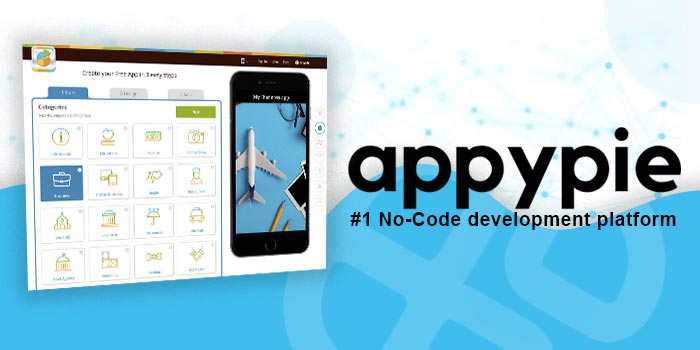
You can now directly bring up your app by running the following command inside your project: ionic serve # Use the CLI to generate some pages and a service # Create a blank new Ionic 4 app with Angular support We use the CLI, which uses the Angular CLI under the hood, to create new pages for our app that we want to display. Once the project is created we cd into the folder. To set up a blank project you can use the Ionic CLI so we end up with a fresh Ionic 4 project with Angular support ( you could also use React or Vue, better support coming later this year). Once installed you are finally ready to create your Ionic 4 project! If you also haven’t used Ionic before, you need to install it through npm. If you have worked with other web technologies before chances are pretty good you already got everything you need. If you are new to Ionic you need to make sure you have the Node Package Manager installed. If you want to learn Ionic even faster you can also check out my Ionic Academy which was made for developers just like you! We will cover how to set up a new app, routing and even API calls to display async data inside our app.

Whether you are completely new to Ionic or have used previous versions, we go through all the basics. So you just noticed that Ionic 4 was released and you finally want to get started with cross-platform app development? Well, today is your day! We’ll go through building your first Ionic 4 application with HTTP Calls to the Open Movie Database! By Simon Grimm How to Build Your First Ionic 4 App with API Calls


 0 kommentar(er)
0 kommentar(er)
